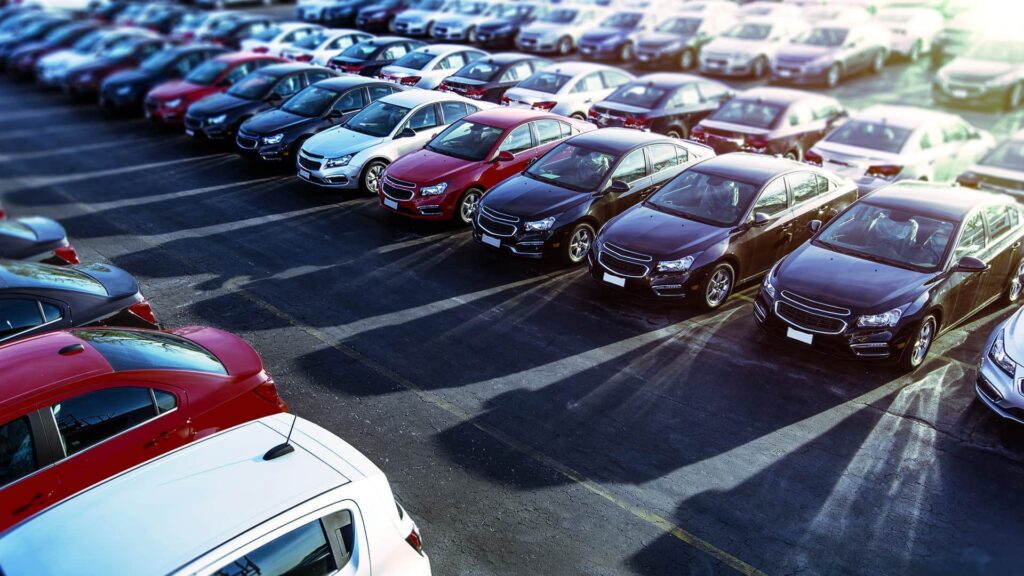
Introduction: A Record-Breaking Year for Indian Auto Sales
India’s automotive industry has achieved a remarkable milestone, with sales reaching record highs for the third consecutive year. According to the Society of Indian Automobile Manufacturers (SIAM), the fiscal year 2024-25 witnessed a 2% increase in passenger vehicle sales, totaling 4.3 million units. This growth, though modest compared to previous years, underscores the sector’s resilience and the sustained demand across various vehicle segments.
Passenger Vehicles: Utility Vehicles Lead the Charge
The passenger vehicle segment, encompassing cars, sedans, and utility vehicles, experienced a 2% growth in sales, amounting to 4,301,848 units. This marks the third consecutive year of record sales in this category. A significant driver of this growth was the continued demand for utility vehicles, which now constitute 65% of all passenger vehicles sold, up from 60% in the previous fiscal year. Promotional offers and discounts played a crucial role in sustaining demand, especially amid a high base and slowing market conditions.
Two-Wheelers: Rural Demand Fuels Growth
The two-wheeler segment saw a robust growth of 9.1%, with sales reaching 19,607,332 units. This surge can be attributed to improved rural demand and a resurgence in consumer confidence. Scooters led this growth, experiencing a 17.4% increase, driven by better connectivity in rural and semi-urban areas. Motorcycles also saw a 5.5% rise, reflecting the overall positive sentiment in the two-wheeler market.
Three-Wheelers: A Steady Climb
The three-wheeler segment continued its upward trajectory, contributing to the overall growth in the automotive sector. While specific figures for this category were not detailed, the consistent performance of three-wheelers indicates their integral role in the transportation ecosystem, particularly in urban and peri-urban areas.
Commercial Vehicles: A Slight Dip
In contrast to the growth observed in other segments, the commercial vehicle category experienced a slight decline. This downturn can be attributed to various factors, including economic uncertainties and fluctuations in demand. However, the overall impact on the automotive industry remained minimal, with other segments compensating for this dip.
Looking Ahead: Optimism for FY26
SIAM’s outlook for the fiscal year 2025-26 remains optimistic. The industry body anticipates continued growth across all segments, supported by stable policies, increased infrastructure spending, and a predicted normal monsoon. Analysts also foresee potential demand pickup, bolstered by consecutive rate cuts from India’s central bank and a recently announced reduction in personal income tax.
Conclusion: A Resilient Industry
Despite the challenges posed by a high base and moderating growth rates, India’s automotive industry has demonstrated remarkable resilience. The record-breaking sales figures across various segments reflect a robust demand and a positive outlook for the future. As the industry continues to evolve, factors such as policy support, infrastructure development, and consumer confidence will play pivotal roles in sustaining this growth trajectory.









































Leave a Reply